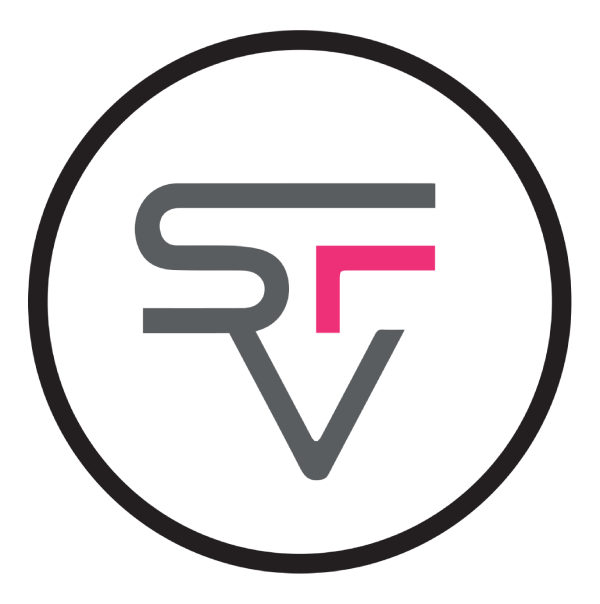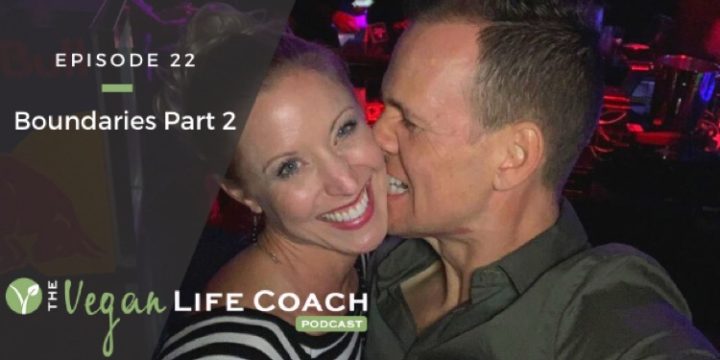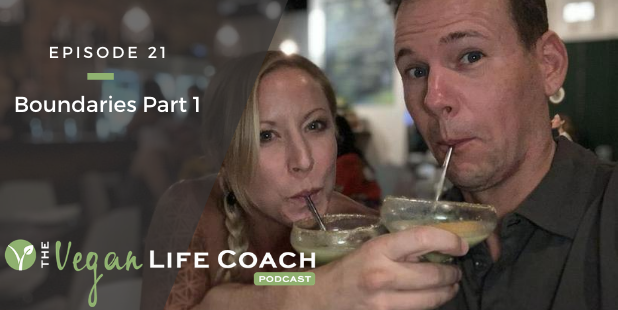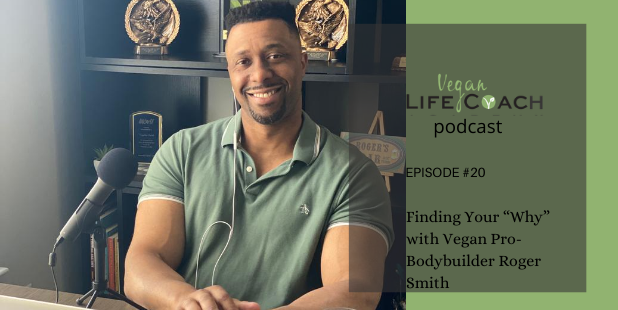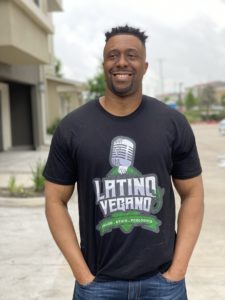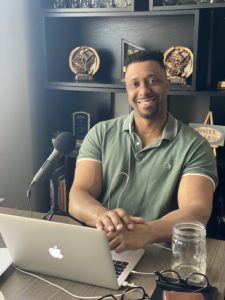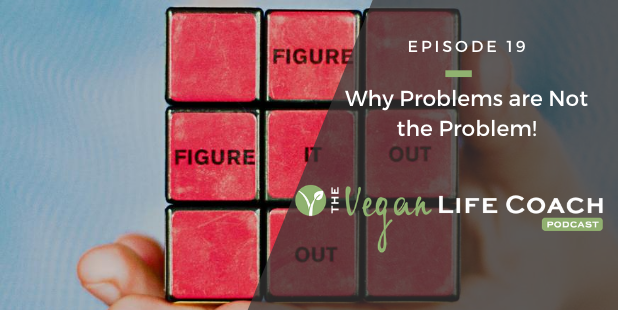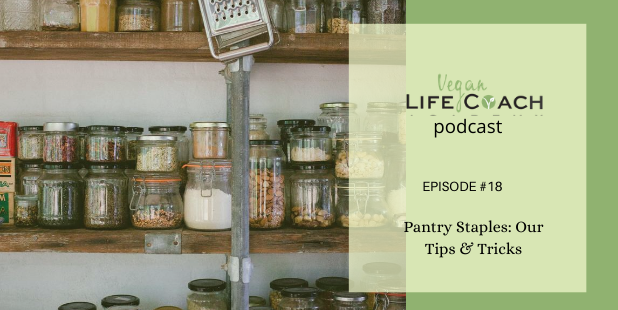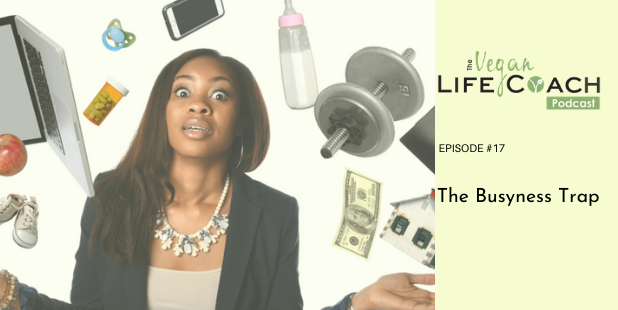Christin McKamey is the owner of VeggieChick.com, a site dedicated to whole food, plant-based recipes with a strong focus on the world of produce.
LISTEN/WATCH
Subscribe: Apple Podcast | Stitcher | Spotify | YouTube
*Links mentioned in the episode are at the bottom of this page.
Christin creates delicious veggie-focused plant-based recipes (with many oil-free and gluten-free options), as well as offering tips and tools to help others live and maintain a plant-powered lifestyle.
She has a Plant-Based Nutrition certification from e-Cornell, a certification from the Forks Over Knives Rouxbe Cooking School, and has also attended Vegan Fusion plant-based cooking classes. Christin lives in Royal Oak, Michigan with her husband and cat, Chloe.
Here is a summary of what was discussed in this podcast episode:
- Batch Cooking Tips– things I do to ensure success for the week. Note: I don’t always do this, but when I do, I do find I make healthier choices.
- Grocery shopping on Saturday, prepping a couple hours on Sunday
- Things I do during prepping:
- Wash, dry and chop vegetables; place in airtight, sealed containers.
- Chop veggies that are versatile in many dishes, such as bell peppers, mushrooms, and onions.
- Soak nuts and seeds if required.
- Marinate tempeh or tofu.
- Make a couple of versatile dips or dressings that will last in the refrigerator for a few days.
- Freeze grains- portion into 1 or 2 cup portions and freeze in freezer bags or containers.
- Decide a few ways you can make multiple dishes with the same ingredients. I love making what I call multi-way bowls (see more info below), soups, salads, tacos, chili, etc. You can also do a stir-fry or a salad bar.
- Time Saving Techniques
- Always read recipes once or twice to make sure you have everything before going to the grocery store. Some recipes might be missing an ingredient in the ingredients list that is listed in the directions instead.
- Plan your route at the grocery store. Once you create your shopping list, put things in order of where they are located in the store.
- Stock your kitchen with simple bulk ingredients to use in a pinch, such as all types of grains, dried beans, pasta, spaghetti sauce, frozen and canned vegetables. Think of a few meals you can make for dinner throughout the week and how you can use some of those same ingredients in other recipes.
- Add veggies to everything! I try to make sure every meal I have, has at least 2 (and most of the time many more) veggies. Onions, peppers, and mushrooms are very versatile.
- Don’t like veggies? Try a new vegetable every week (or month).
- Batch cooking can save a ton of time! Chop veggies or prepare grains in advance. Make variations of salads with different toppings, etc. Freeze scraps of veggies and make homemade veggie broth. Pick one day for grocery shopping, another for prepping. Setting aside 90 minutes-2 hours per week is all you need to save yourself tons of time during the week.
- Make double or triple the amount the recipe calls for. You can enjoy it for at least a couple meals, or have a healthy lunch the next day. Pack away your lunch immediately after dinner and you’ll be all set.
- Experiment with one-pot meal recipes. It makes life a lot easier when you only have one pan to wash. These types of dishes also tend to freeze and reheat well. You can even label with cooking instructions to make it easier for you or your family to reheat.
- Easy smoothie prep: add fruit, veggies, etc. to a blender and put in the fridge the night before. In the morning, all you have to do is take out the blender, add liquid, and blend.
- Serve your dinner in large glass containers (instead of serving bowls) so you can go straight from the table to the fridge. Less dishes.
And lastly, she has included 2 PDF’s to share…
- Time-Saving Techniques- tips for saving time and making healthy choices in your kitchen.
- Multi-Way Bowl– an easy option for meal ideas, and so versatile! Start with a grain. Add a protein if you want (lentils, tofu, seitan, beans, etc.). Add vegetables. And then top with a sauce. Add some toppings (nuts, seeds, etc.) Enjoy!
MENTIONED IN THIS EPISODE
acebook.com/
Sign up for her newsletter: veggiechick.com
CONNECT WITH US!
Grab the valuable gift we have for you HERE.
Have a question you’d like us to answer, or feedback you’d like to give us (we love hearing from you!)? Leave us a voice (or written) message HERE.
Interested in receiving a free coaching session to air on an upcoming episode? Apply HERE.
